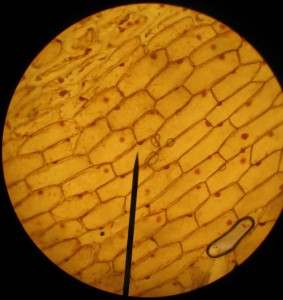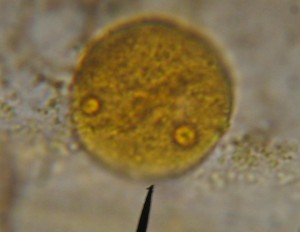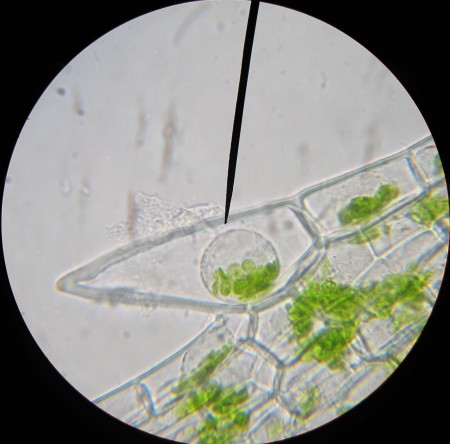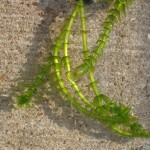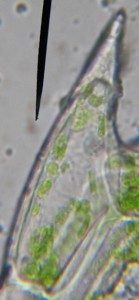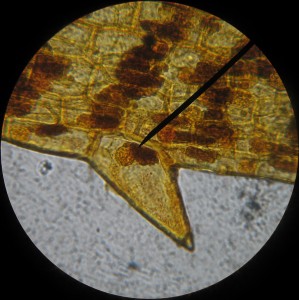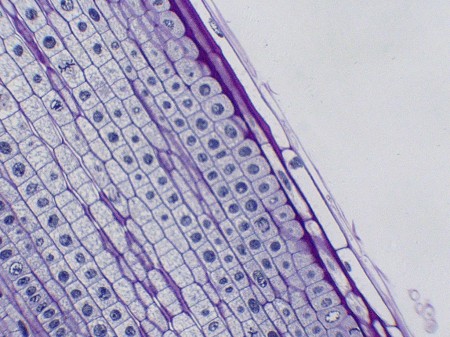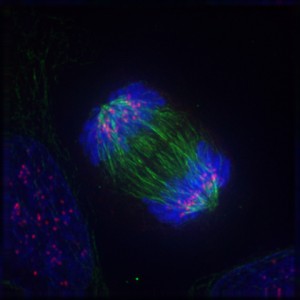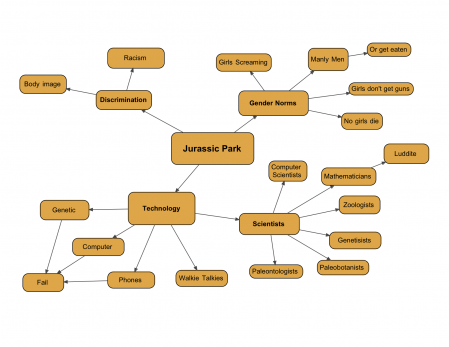
Mrs. Z. donated two small books of poetry, The Best Poems Ever and Poetry Speaks (much thanks). The second comes with an audio cd, where many of the poems are read by the authors. Since some of the authors are adolescents themselves, their reading can be a little halting, but there is a nice authenticity.

The The Best Poems Ever has a lot of the classics. I read William Blake’s The Tiger as an example. The students though my reading was pretty lifeless so I recited it for them with a lot of emphasis and hand motions. They were pretty impressed that I’d memorized the poem so quickly, at least until I told them I’d memorized it years before (probably in middle school actually). I probably should have kept this secret. Sometimes you need the mystique.
We’ve come up with a schedule so someone different will read every morning at the end of community meeting. They’re required to choose their poem ahead of time and have practiced reading it before they present. We also take a little time for comments, the objective is to try to identify the issues and the subtexts. This is how I discovered, with much reasoned explanation, that Edna St. Vincent Millay metaphorically described the asteroid impact theory for the extinction of the dinosaurs over 30 years before scientists came up with the idea.
